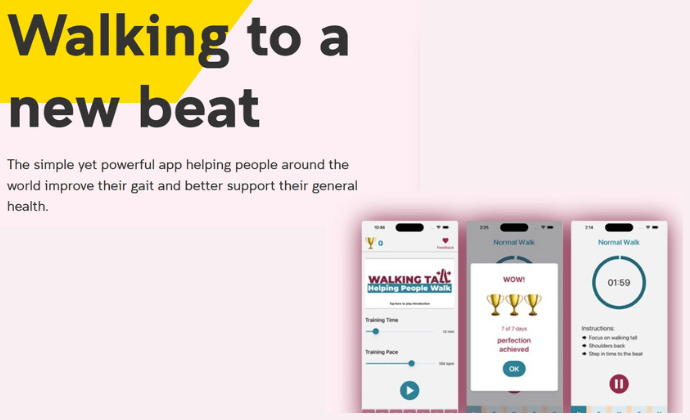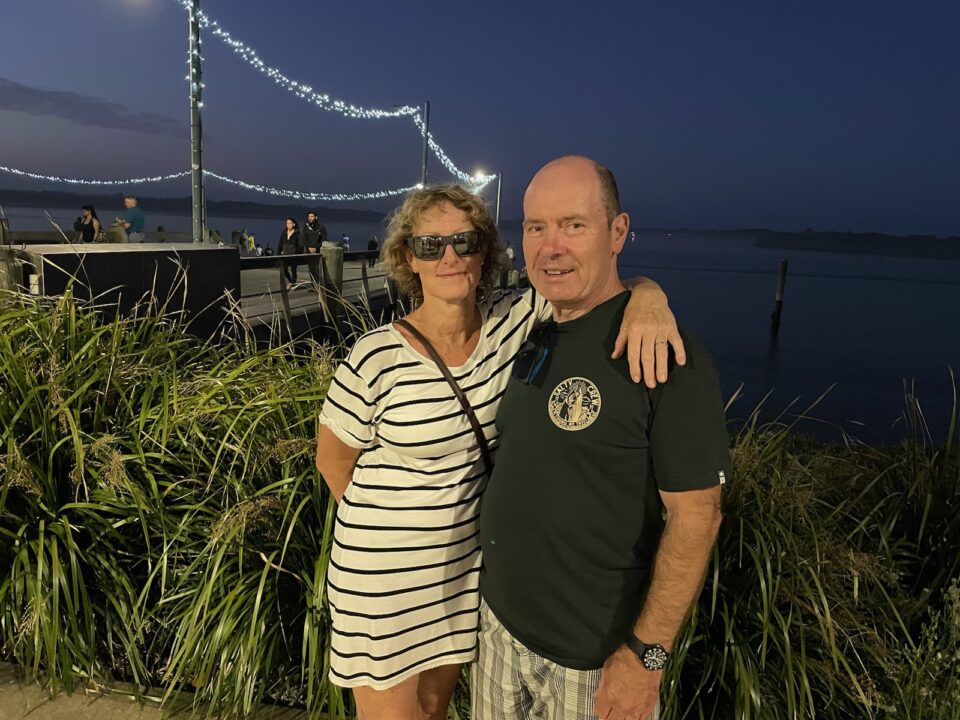A simple yet powerful digital phone application called Walking Tall is helping people around the world improve their gait and better support their general health. Launched in 2023, the concept of Walking Tall has now been further developed.
University of NSW biomedical engineer Associate Professor Matthew Brodie developed the application which is helping tens of thousands of individuals combat difficulties in walking. With the help of research fellow and Director of Parkinson’s NSW, Martin Ostrowski, the two have focused their efforts on assisting those suffering from health concerns that impact their ability to walk.
These include but are not limited to Parkinson’s disease, diabetes, stroke, heart failure, kidney disease, dementia and sleep issues. The Walking Tall application has been translated into multiple languages and made freely available for worldwide community use via the Apple App Store and Google Play.
“We wanted to create technology that could help people walk because insufficient physical exercise is a major risk factor for a number of conditions,” said Associate Professor Brodie. “This is what’s inspired me to create research that one day could potentially help over 100 million people walk with confidence.”
The Walking Tall application works by delivering a simple metronomic beat across three different walking speeds that have been designed to trigger movement. With everyday use of the application, individuals can not only learn to walk better but walk for longer, reduce falls, and improve overall mobility.






